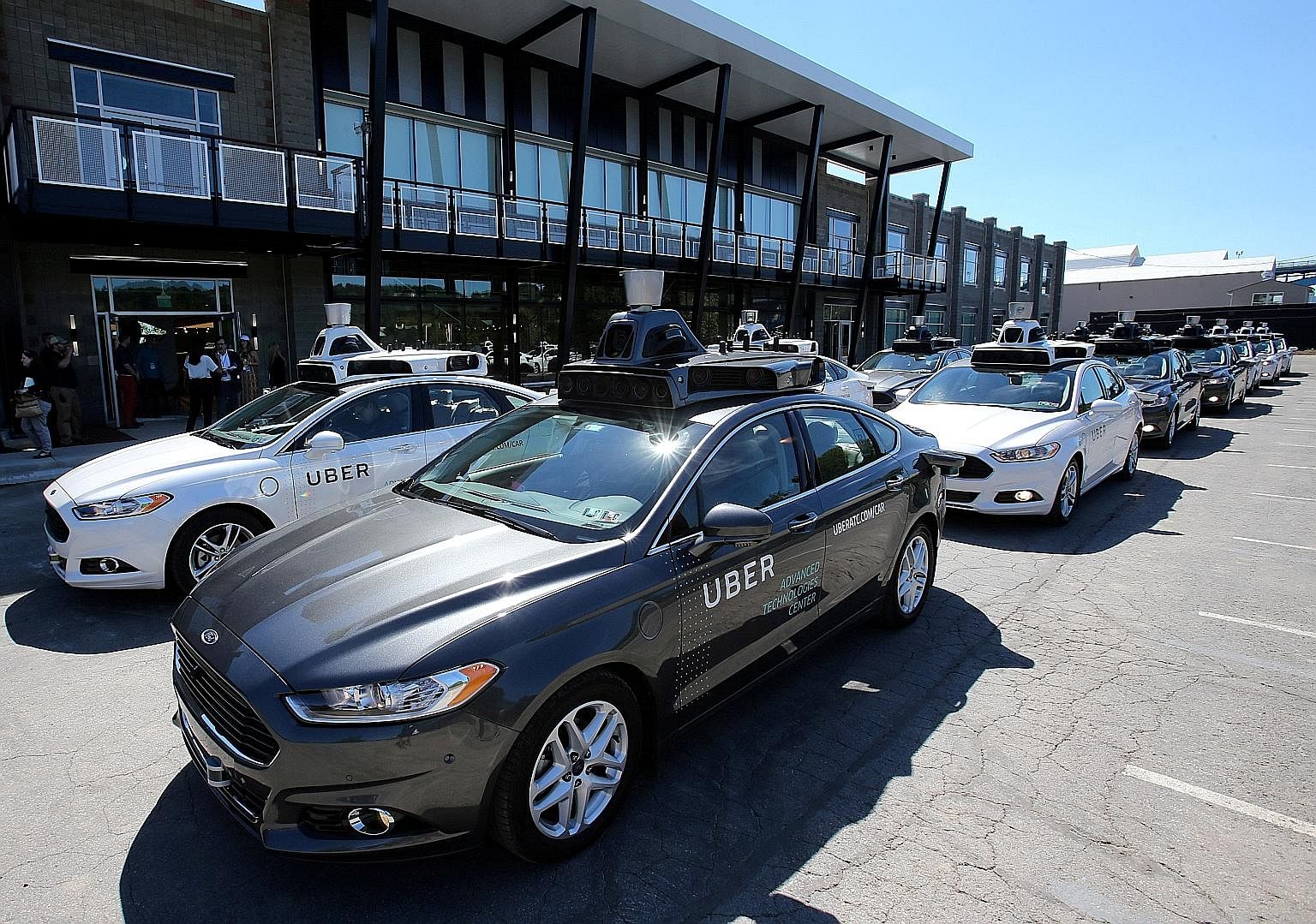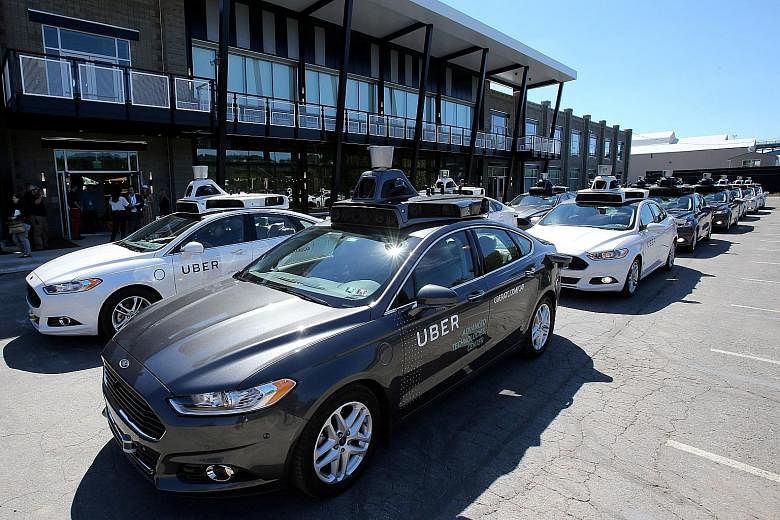Ever since Silicon Valley's autonomous cars and mobility apps captured the public imagination, so too has the prospect of an epic battle - between the forces of high industry and high technology. Nurtured in part by recent history and in part by the part of our brains that loves to watch a good fight, the expectation of an auto versus tech throwdown has already become nearly inescapable.
And yet after the first exchange of rhetorical salvos and billion-dollar investments, there are already signs that all-out conflict between Silicon Valley and Detroit may not be inevitable. Recent developments suggest that accommodation and diversity are more likely to drive ultimate success than zero-sum machismo.
Behind this shift is the dawning realisation that that so-called mobility market is not the next Internet, just waiting to be turned into a few near-monopolies. Tesla, once the poster child for the limitless ambitions of a high-tech disruptor entering the century-old car business, is proving that auto manufacturing was not a sector of dullards waiting to be blown away by a software start-up-style culture. Though Silicon Valley's first and most direct assault on the car business has left an indelible mark, its struggles with quality, service and autonomous drive technology also show that the hard work is not just having the vision but also executing it.
Even Tesla's vision suffers from its high-tech hubris. Having proved that electric cars can be powerful, aspirational and road-trip capable, Tesla's ambitious brand values keep it from exploiting the real opportunity for electric cars: affordable, short-range commuting vehicles. The biggest global market for electric vehicles is China, where most sold are low-cost and short-range. Having vowed that Tesla will never build a slow or short-range car, chief executive Elon Musk has shackled his transformative company with the values that catalysed a transition it now cannot capitalise on.
Uber was in the same boat, but paradoxically its leadership crisis seems to have lifted the burden of its ambitions. Rather than trying to continuously raise its theoretical value by vowing to dominate autonomous drive, flying cars and every other hot new technology, Uber is now focused on leveraging its main advantage by inviting partners to use its massive app-based platform. Uber has reportedly agreed to partner General Motors' Cruise division - itself once a would-be auto industry disruptor that was bought by GM - on driverless technology. Having once cleaned out Carnegie Mellon University's famed robotics department to develop its own autonomous drive technology, Uber seems to realise it is not going to execute the entire robotaxi "stack" itself. Not only does it need a partner that can handle manufacturing, but like so many other pure tech firms it also needs help complying with complex safety standards - an under-appreciated and growing challenge.
Meanwhile, GM is talking with Uber because its previous ride-sharing partner Lyft has seen Uber's management stumble as a major opportunity. To capitalise on the opening, Lyft shook off an early partnership with GM that might have limited its ambition to become a more universal robotaxi platform. Lyft is now partnering a wide variety of automakers, raising the possibility of different robotaxi manufacturers competing within the same mobility platform. Again, diversification rather than one singular vision to rule them all.

In the United States, there is yet another level of myopia found in analyses of the future of mobility: Failing to realise there is more to the world than Detroit and Silicon Valley. There are huge investments from major players in Asia that many Americans fail to take into account. Foxconn and IDG Capital are the latest, looking to raise US$1.5 billion (S$2.1 billion) for a tech fund, but they are just trying to keep pace with the vast recent investments in every potential aspect of future mobility by SoftBank's US$100 billion Vision Fund.
Meanwhile, Chinese tech company Baidu seems to have seen the need for diversification earlier than most, and is rolling out an ambitious open-source autonomous mobility platform that aspires to be the Android of future transport. Other giant Chinese tech players including Alibaba and Tencent are spreading bets around various start-ups, partnering Chinese and global major automakers, and generally positioning themselves to be much bigger players than a lot of people seem to realise.
It is hard not to see these developments as a good thing. The early stages of the mobility tech-hype cycle seemed to focus on finding the potential Google-or Facebook-type player that would dominate the future. Uber and Tesla are classic examples of this first round: Companies whose tremendous ambitions drove up their valuations to crazy levels as speculators new to the transport industry bet on an imagined future where the real world looks like the Internet.
Now, it seems, if you are certain that one company or one technology is going to rule the future of mobility, you are probably caught in a hype bubble that is all but guaranteed to burst. If you take a step back and look around the world and across the vast series of technologies required to make autonomous, on-demand mobility a reality, you will find that the sharpest players have a new approach: diversifying and forming strategic alliances.
BLOOMBERG VIEW
•The writer is an auto-industry analyst.

